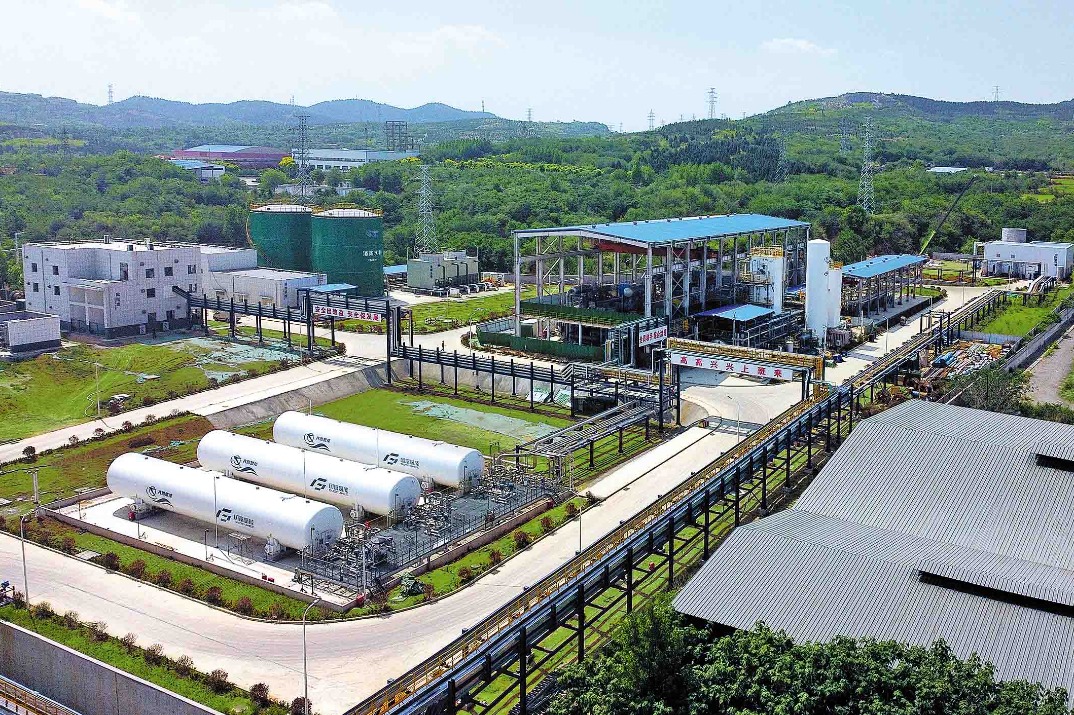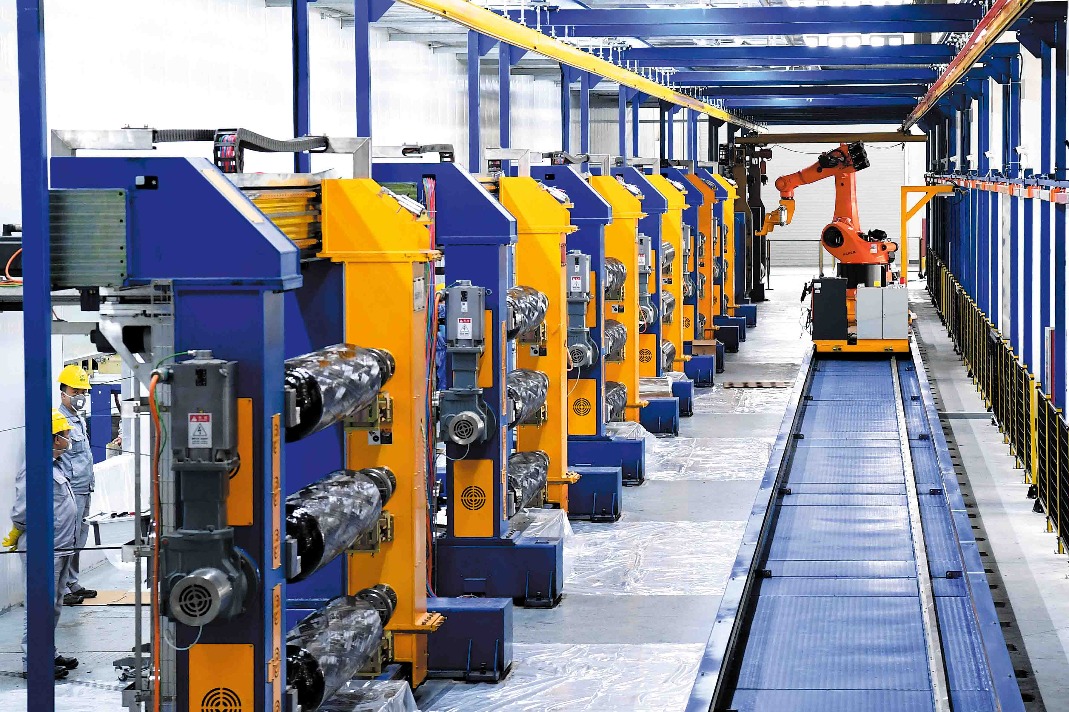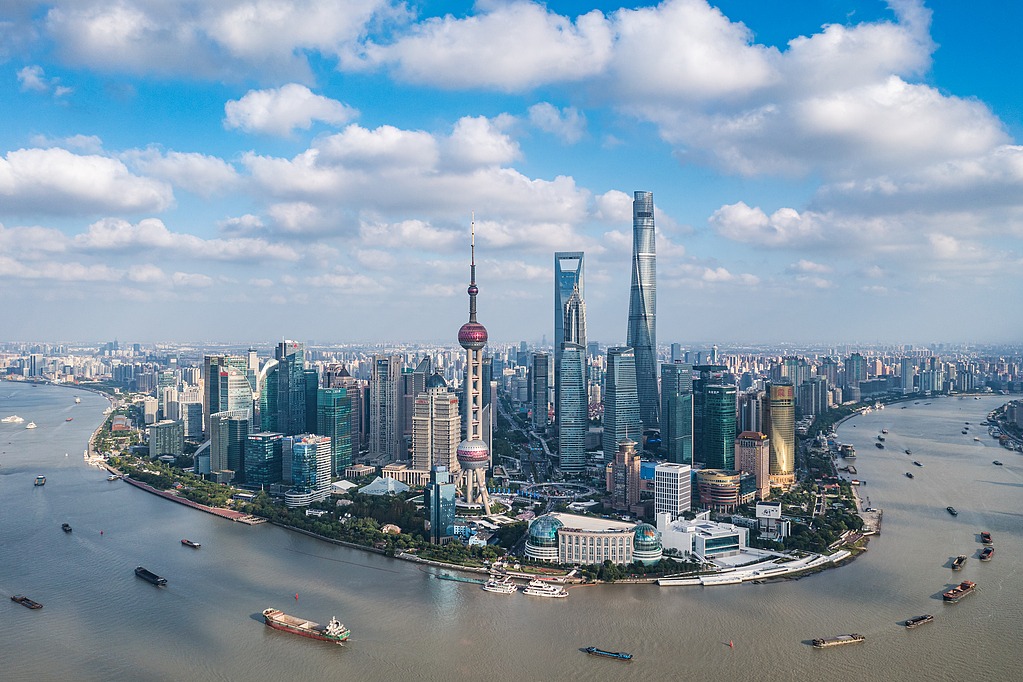Carbon trading market a milestone to greener tomorrow


China's national carbon market, the world's largest by volume of emissions, started operating on July 16, representing another concrete step by the country in the development roadmap outlined in 2015 and endorsed by the State Council, the country's Cabinet.
The objectives of the national carbon market are to reduce carbon emissions through trading and to achieve China's 2060 carbon neutrality pledges. Current participants include 2,225 power companies accounting for over 40 percent of China's emissions. Once fully implemented, the market will cover large firms in seven additional sectors-petroleum refining, chemicals, nonferrous metal processing, building materials, iron and steel, paper and pulp, and aviation.
The nationwide rollout of the carbon market is built upon successful runs of pilot programs initiated as early as July 2010. The eight programs are located strategically across the country in the cities of Tianjin, Baoding, Hangzhou, Chongqing, Nanchang, Guiyang, Xiamen and Shenzhen. The trading scheme works by first setting caps on carbon dioxide emissions, then allowing price discoveries for carbon emissions through trading among participants in the market. Provided that carbon prices are high enough, such trading provides companies with financial incentives to save money by cutting emissions in the most cost-effective ways.
Since its launch, trading volumes have dropped after the first day's 4.1 million metric tons, falling to 15,841 metric tons on Sept 27, according to the Shanghai Environment and Energy Exchange.
With only a few of the 2,225 companies having access to such trade, the low trading volume is not unexpected. The lack of major financial institution involvement-investment banks, insurance companies, retail banks, commercial banks, asset management companies-is another reason behind the low liquidity.
Financial institutions are important market liquidity providers. Taking the European Union Emissions Trading System (EU ETS) as an example, the main traders are energy and industrial companies, while financial institutions like banks also trade actively on behalf of smaller companies and emitters. Financial institutions help companies manage risks and exploit opportunities created by both international and domestic carbon markets.
Serving as intermediary parties between participants in the market, they also help their clients understand market movements, anticipate market trends and manage exposure. At the same time, such advisory and trading services enable financial institutions to discover green funding from capital markets and channel it to the investment of renewable energy and emissions reduction technologies.
Considering the novelty of carbon trading, the Ministry of Ecology and Environment, which oversees the national carbon market, remains wary of the speculative trading of financial institutions. Some expect the government will gradually allow financial institutions to trade as the market matures. Combined with plans to include companies from other sectors, these actions are likely to trigger more market activity.
Low carbon prices are unlikely to generate enough financial incentives. The current carbon price has been fluctuating between a high of 58.7 yuan ($9.11) on Aug 4, and a low of 41.84 yuan on Sept 9. This level is well below prices of carbon allowances in the EU, the world's second largest carbon market, where one metric ton costs more than $60 in recent months.
The low price is primarily caused by the oversupply of carbon allowances. The current intensity-based system allows the cap to be adjusted based on economic output, which means there is no fixed cap on carbon allowances for each company. In addition, too many allowances have been handed out for free to companies, which lowers their cost but disincentivizes their climate responsibility and liability.
Last year in a speech to the UN General Assembly, President Xi Jinping pledged that China will help tackle climate change by adopting more vigorous measures. The operation of China's carbon market reassures the world its commitment to zero emissions. However, this is no easy task given the complexity and size of China's economy.
Carbon futures as well as other derivative contracts have been introduced in some other carbon markets. The Intercontinental Exchange (ICE) launched ICE UK Allowances (UKA) Futures contracts on May 21. The UKA Futures are deliverable contracts where each clearing member with a position open at cessation of trading a contract month is obligated to make or take delivery of UK allowances to or from the UK Emissions Trading Registry in accordance with the ICE Futures Europe Regulations. The UKA Dec 21 Futures price closed at around 62.68 pounds per metric ton on Oct 6. Derivative contracts provide important signals on the supply and demand of carbon allowances through price trends, helping businesses and policymakers understand the true costs of climate change.
In addition to introducing derivatives, it is also important for the government to further improve laws and regulations to promote transparency in the communication and measurement of emissions. These include but are not limited to transparency in compliance with measuring, monitoring, reporting and verification (MMRV) standards as encapsulated in the Kyoto Protocol, transparency in allowance allocation mechanisms and transparency in the availability of accurate, current and verified information.
The government also needs to strengthen legal punishments for fabricating emissions data and exceeding emissions allowances. According to the Measures for the Administration of Carbon Emission Trading issued by the MEE, which has been in effect since February, the fine a company will have to pay is a maximum of 30,000 yuan. Such a slap on the wrist is far from enough to push companies to implement emission reduction plans.
Cooperation has been set up between the carbon market in the EU and that in California. The two, as well as others, may link up to create a global carbon market. Whether China will be part of it is still unknown. Judging by the increased accessibility in China's financial market during the past 30 years, it wouldn't be a surprise to see the Chinese carbon market open up to the outside world gradually. For now, though, foreign investors are not allowed to directly participate in China's carbon market.
The writer is a partner of Oxbridge Economics, a multinational economic research and consulting company.
The views don't necessarily reflect those of China Daily.




































